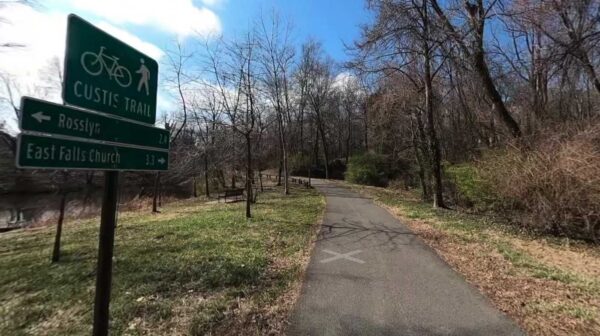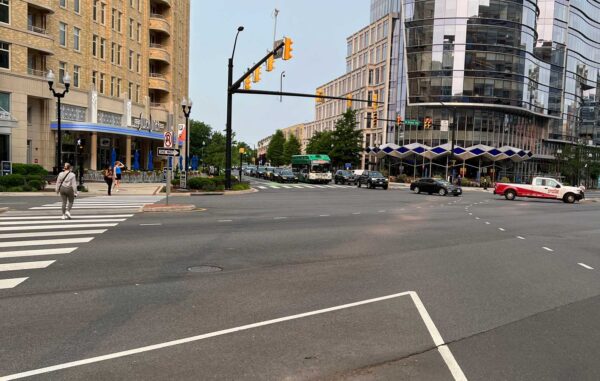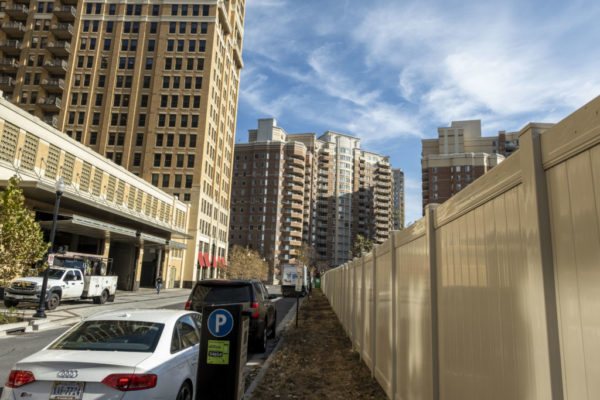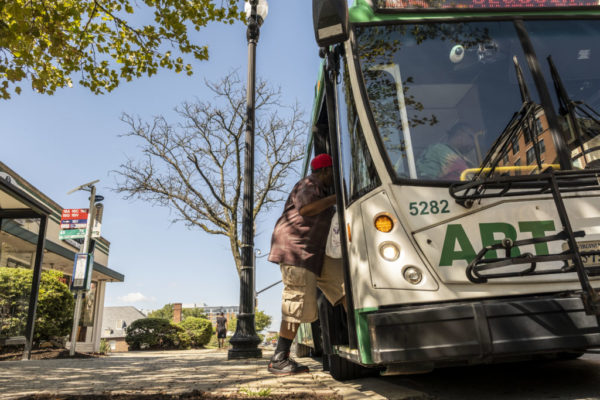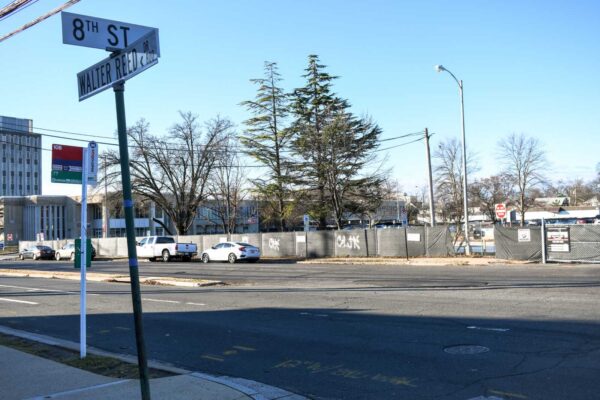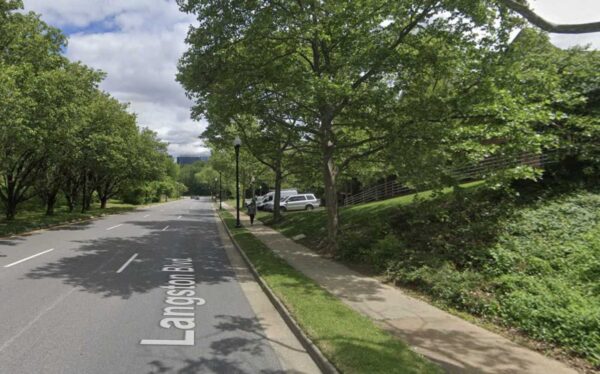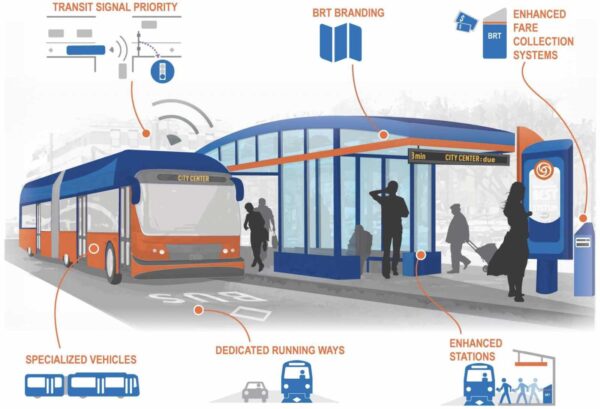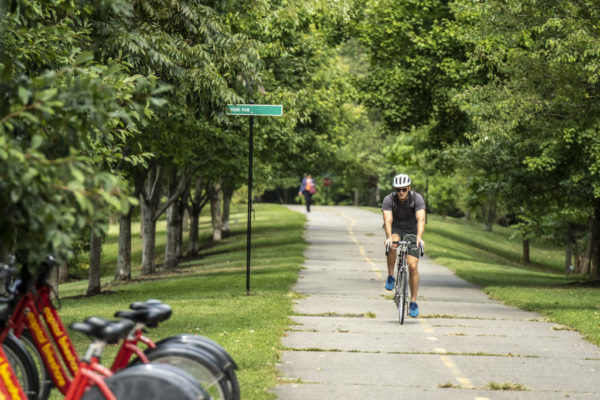A single Pentagon City intersection has been the site of dozens of crashes in recent years.
Videos of vehicles colliding at the intersection of Army Navy Drive and S. Hayes Street proliferate on the social media account of local public safety watcher Dave Statter. In several, drivers exiting I-395 can be seen hurtling into slower-moving vehicles on Hayes.



